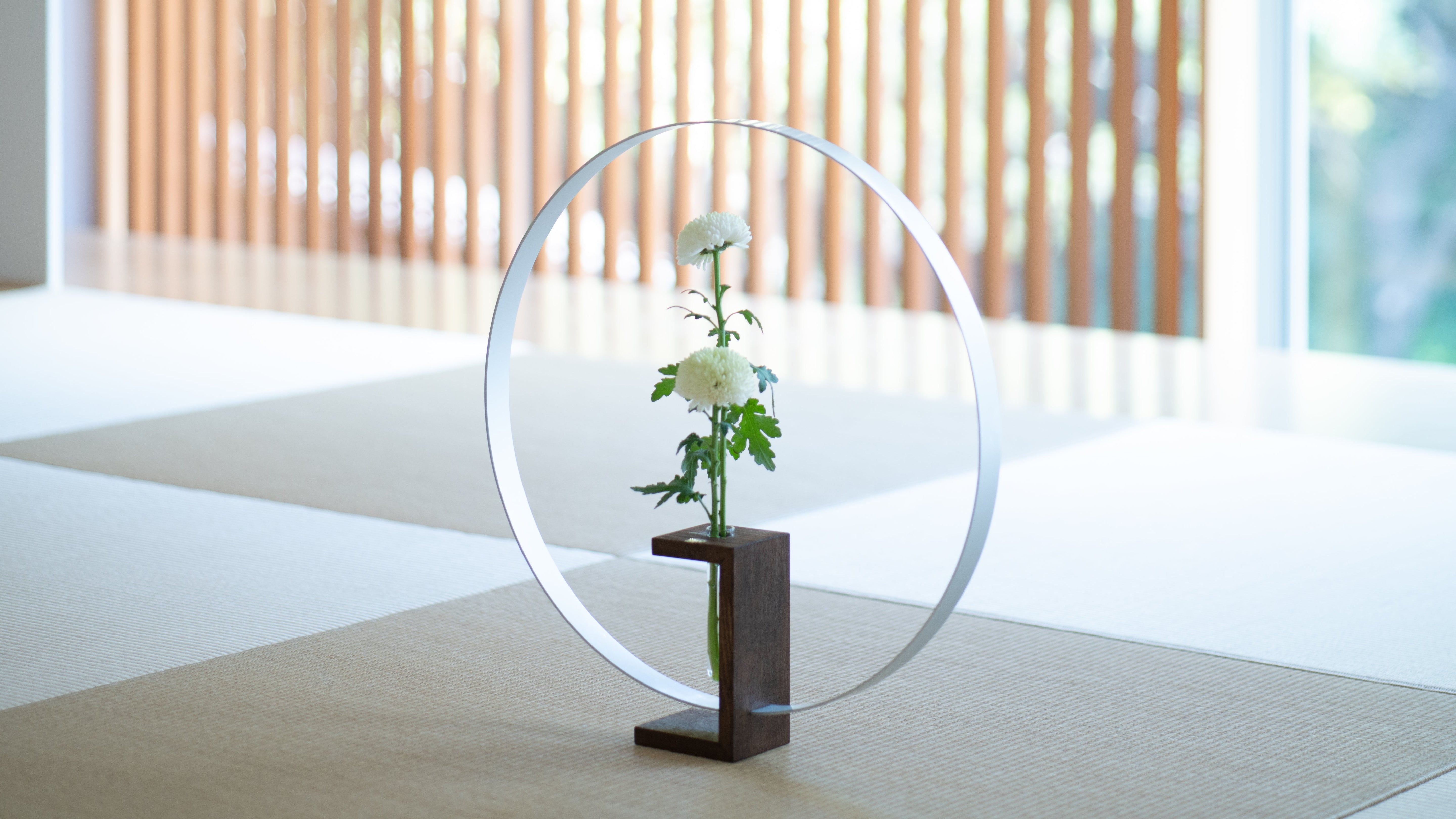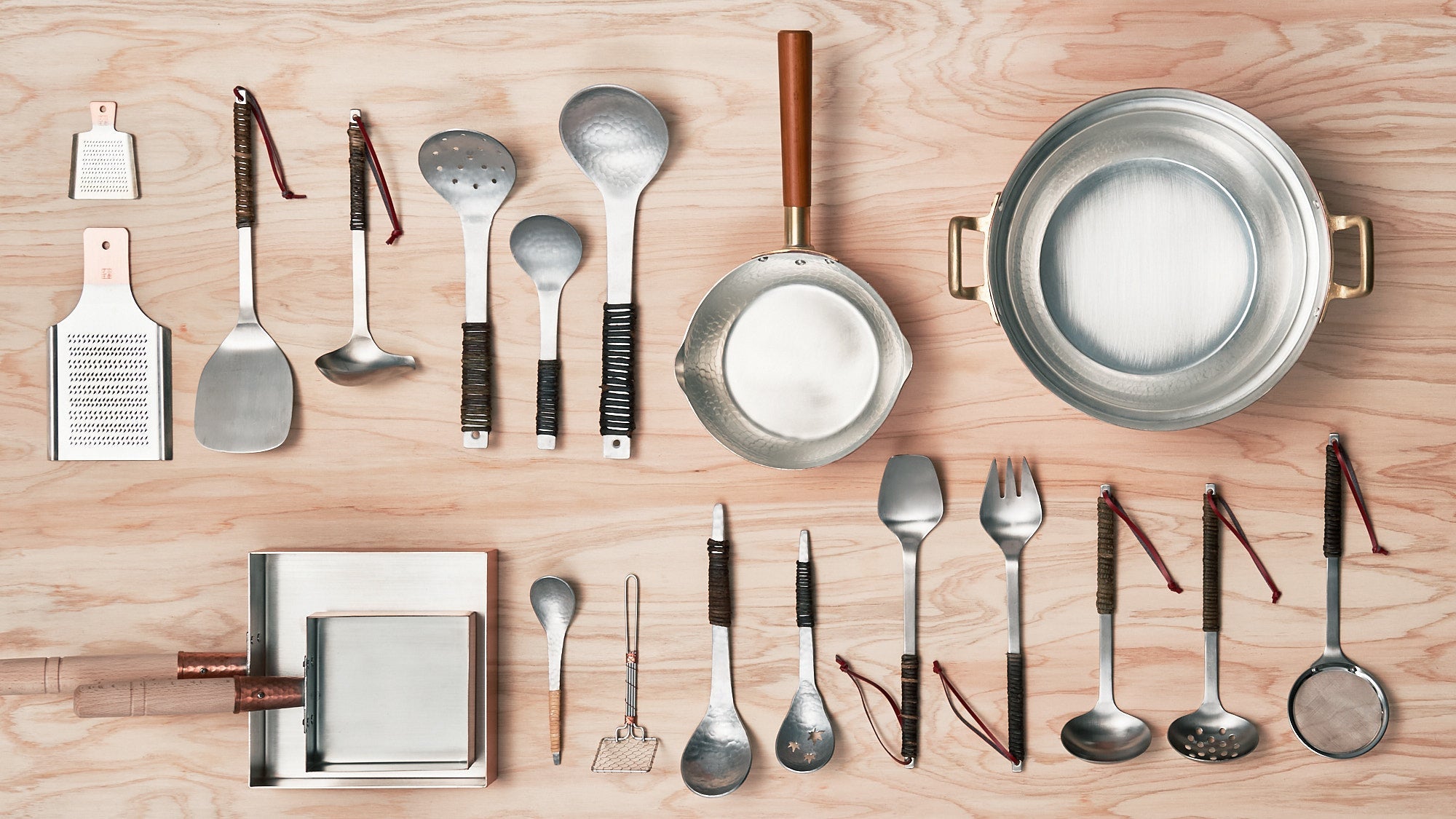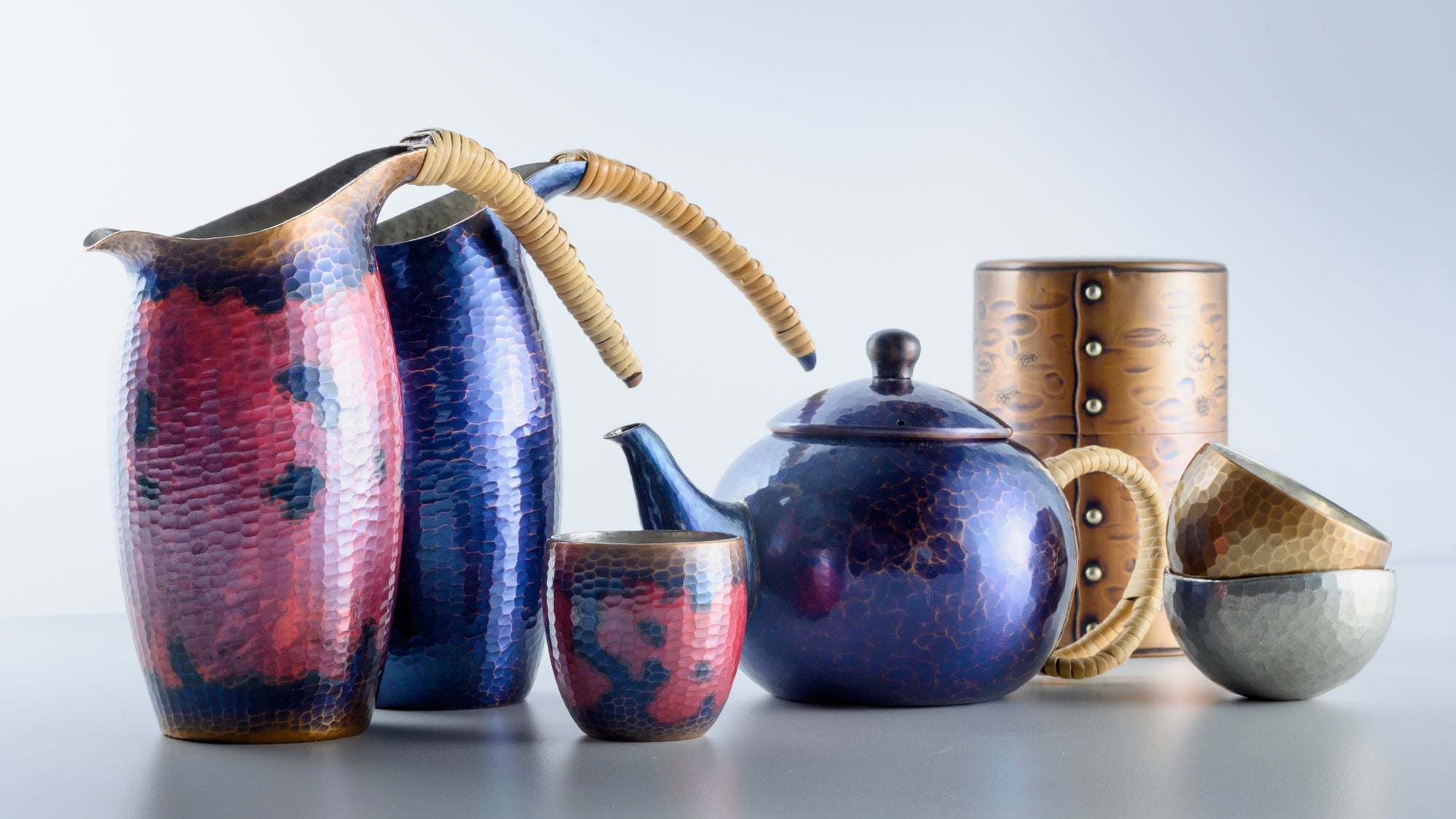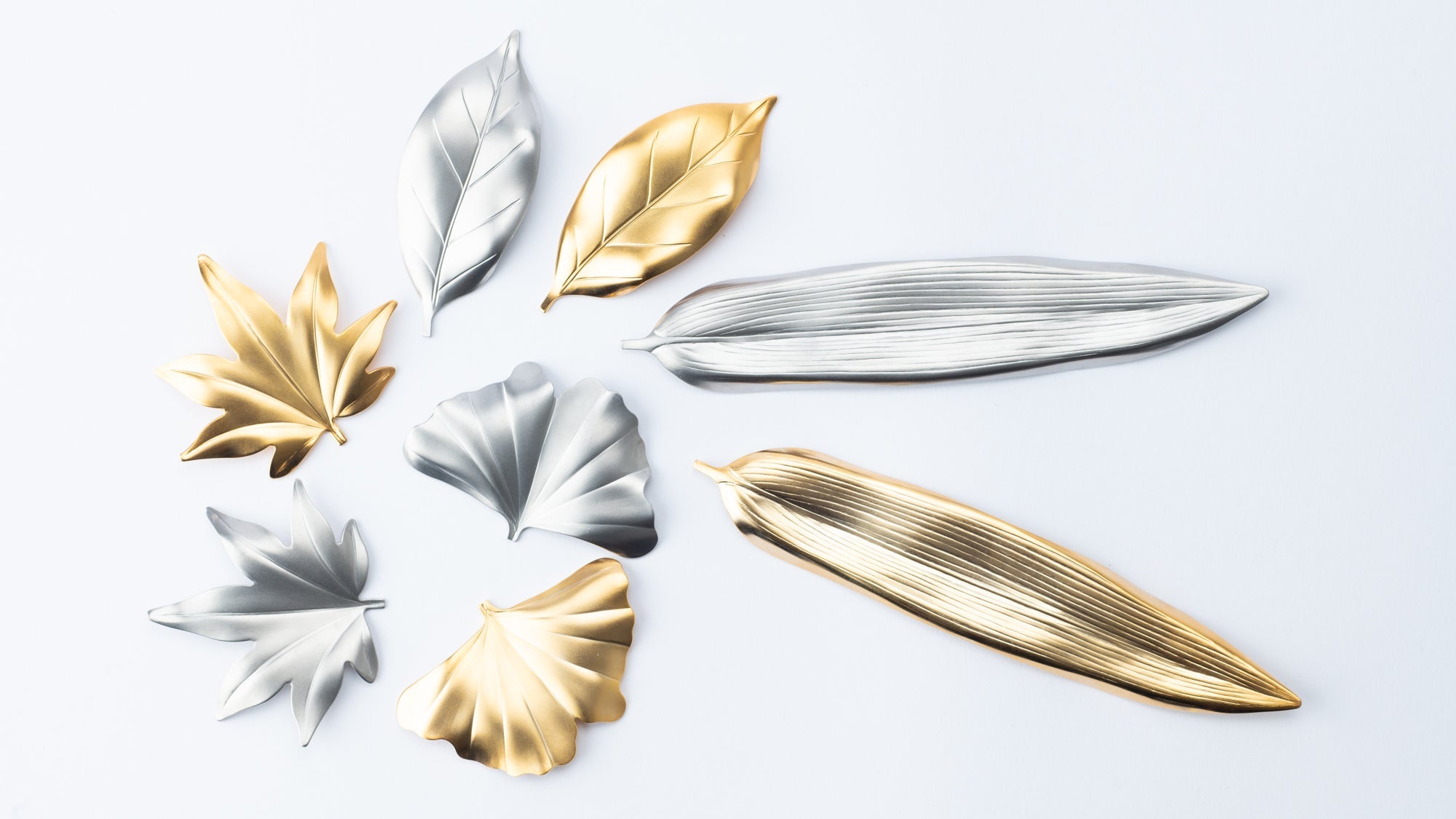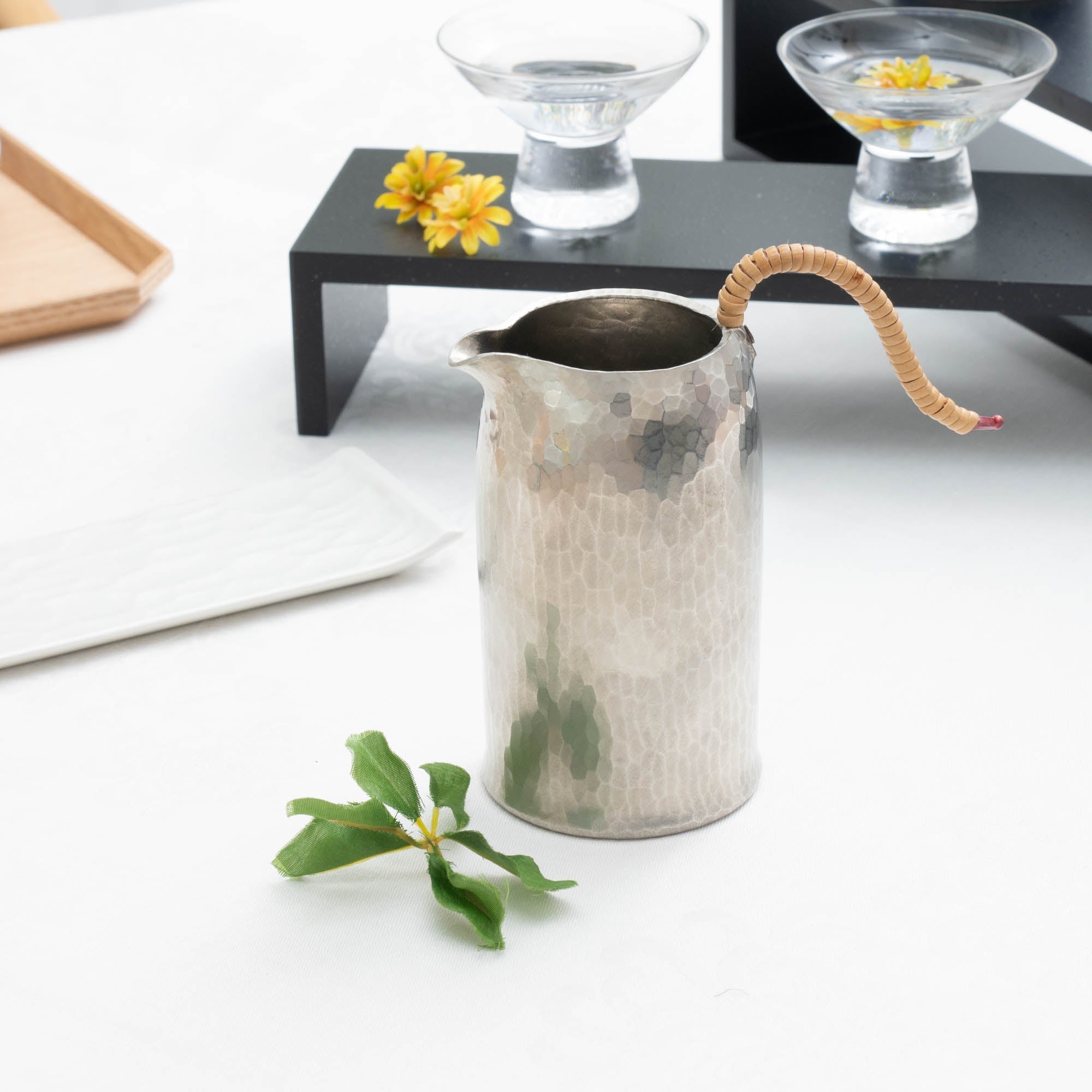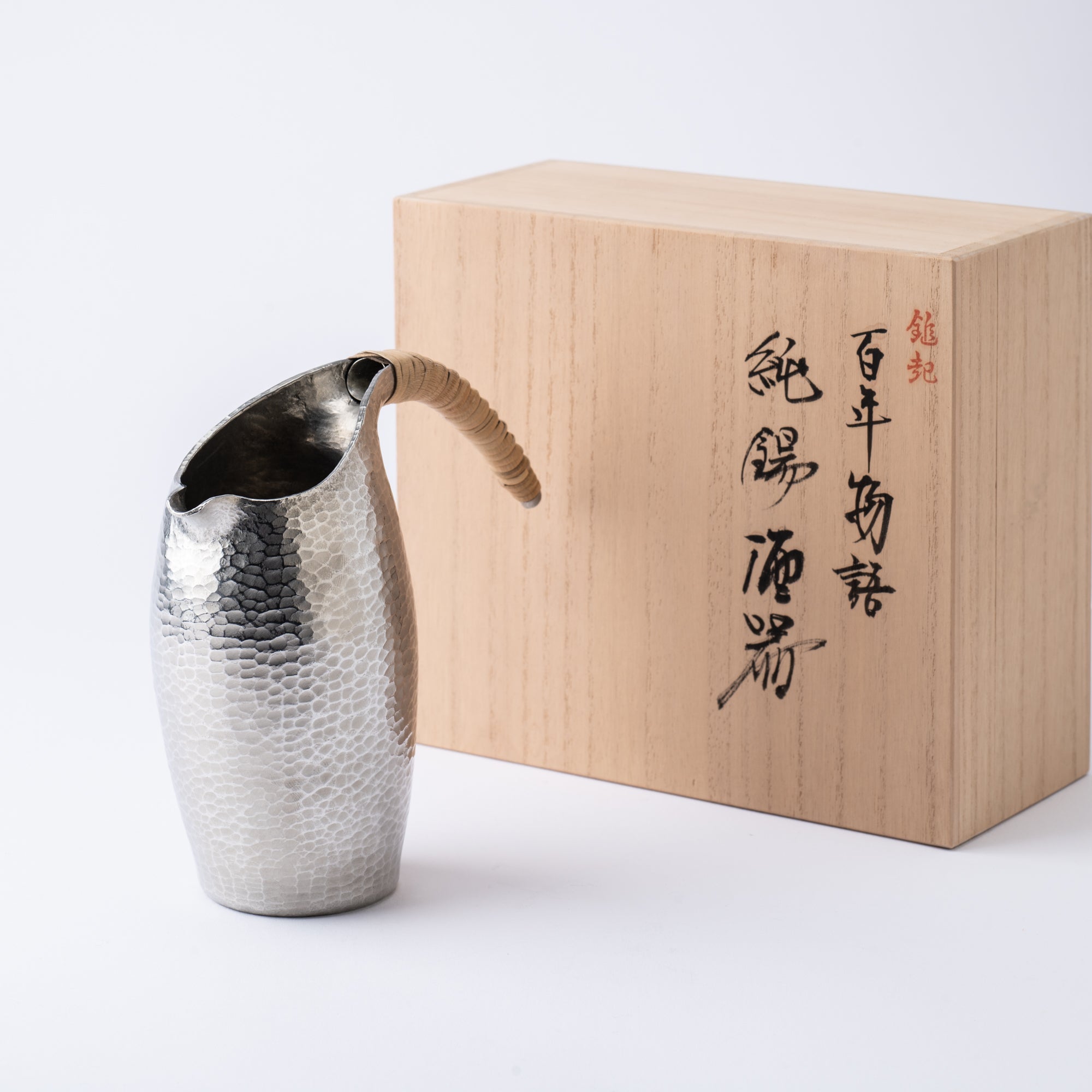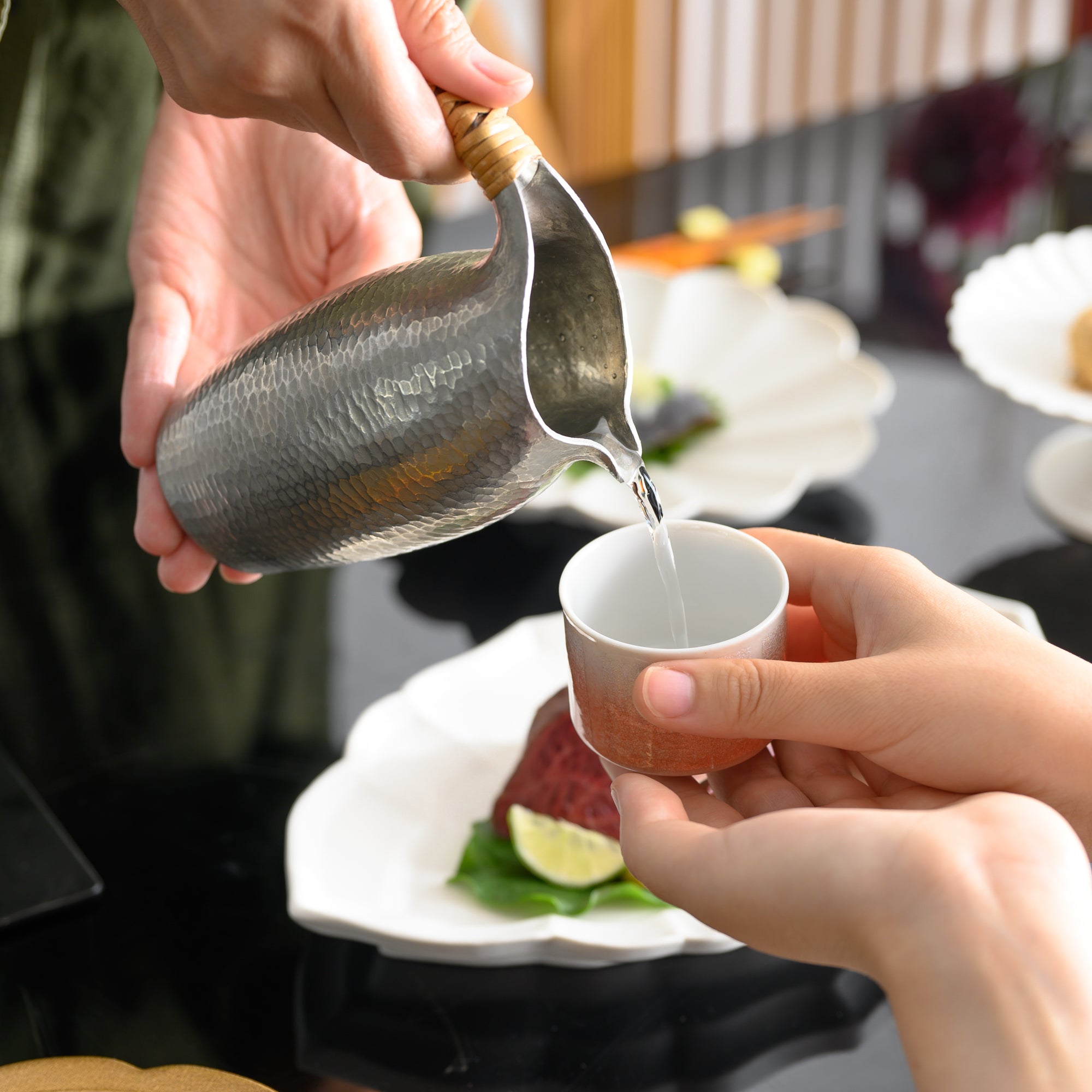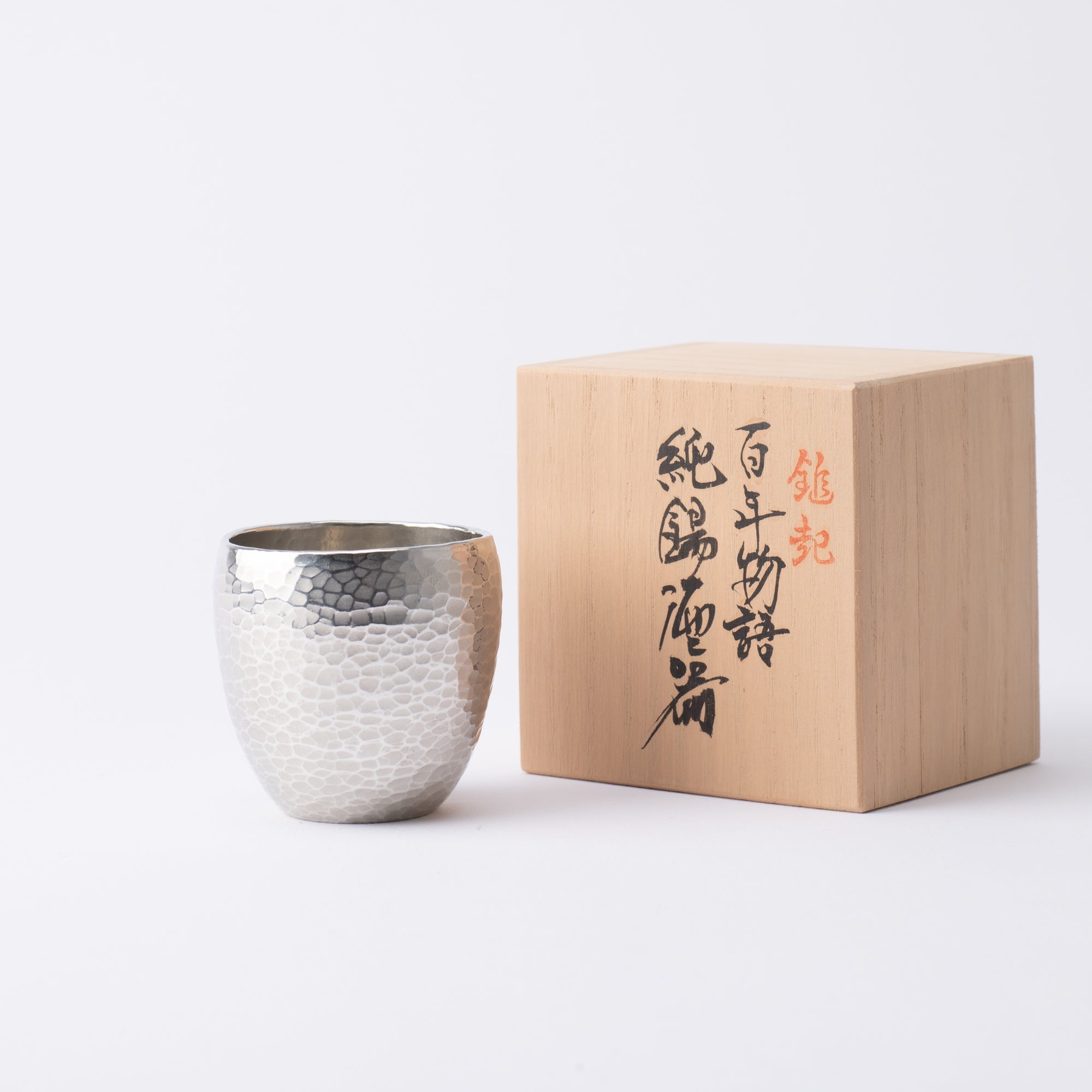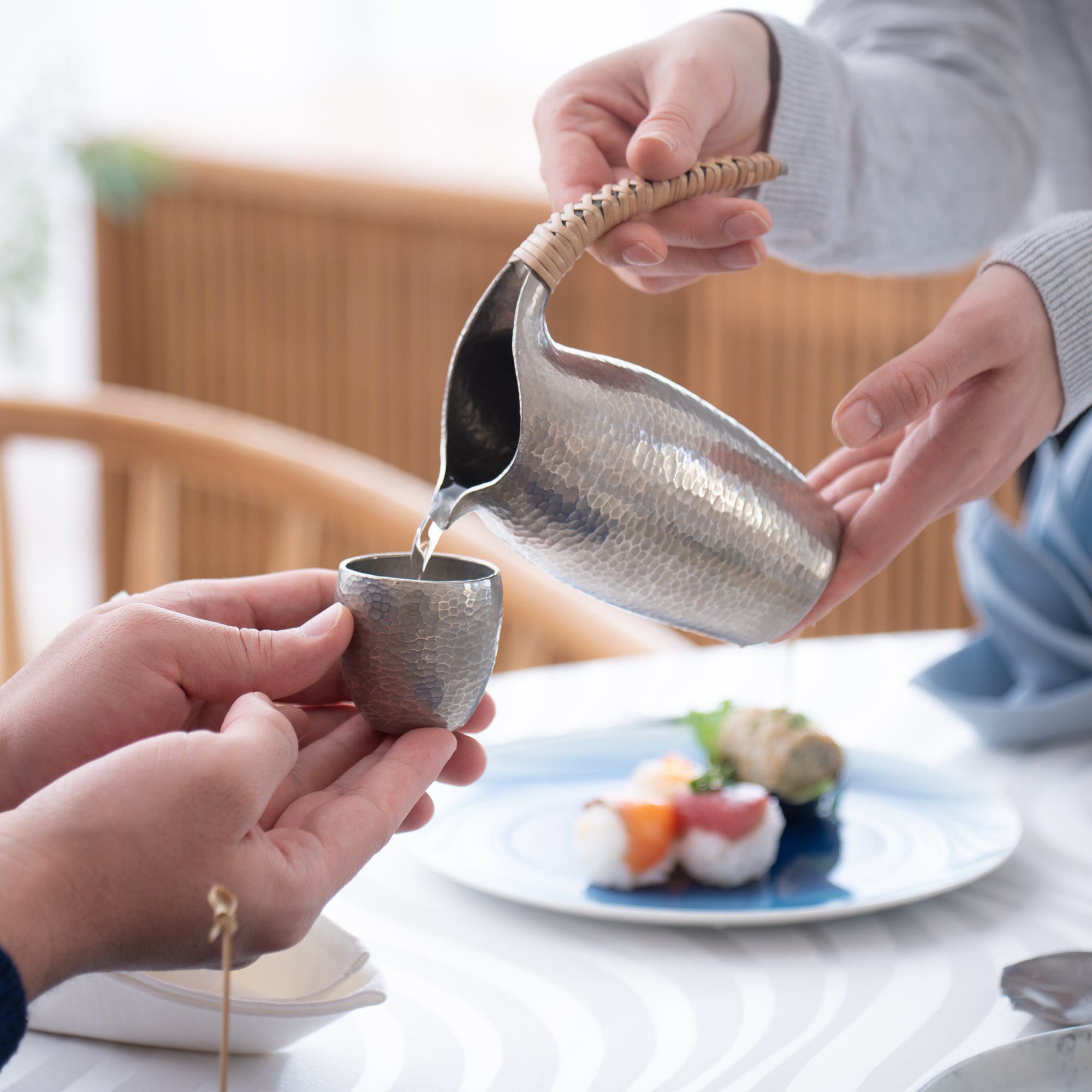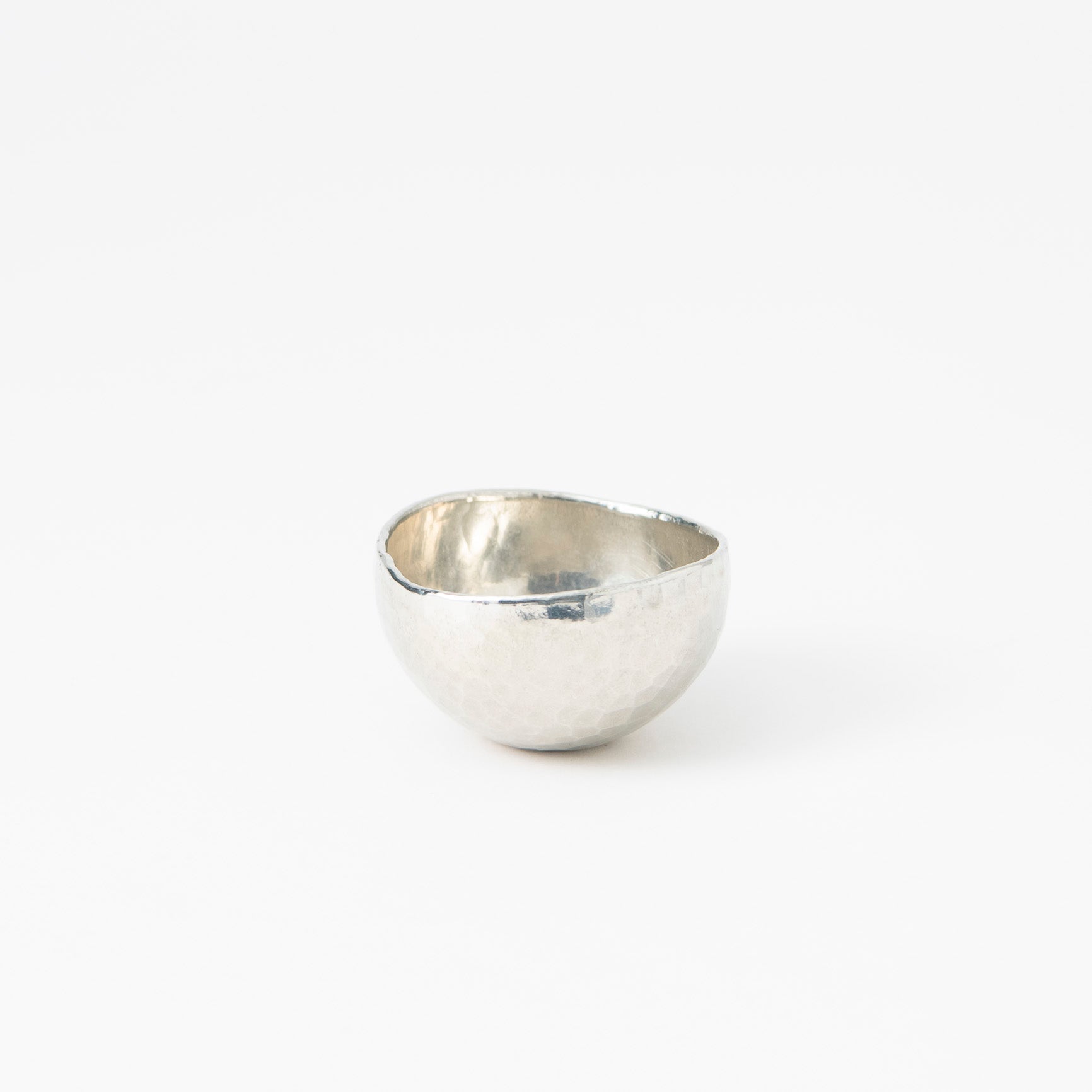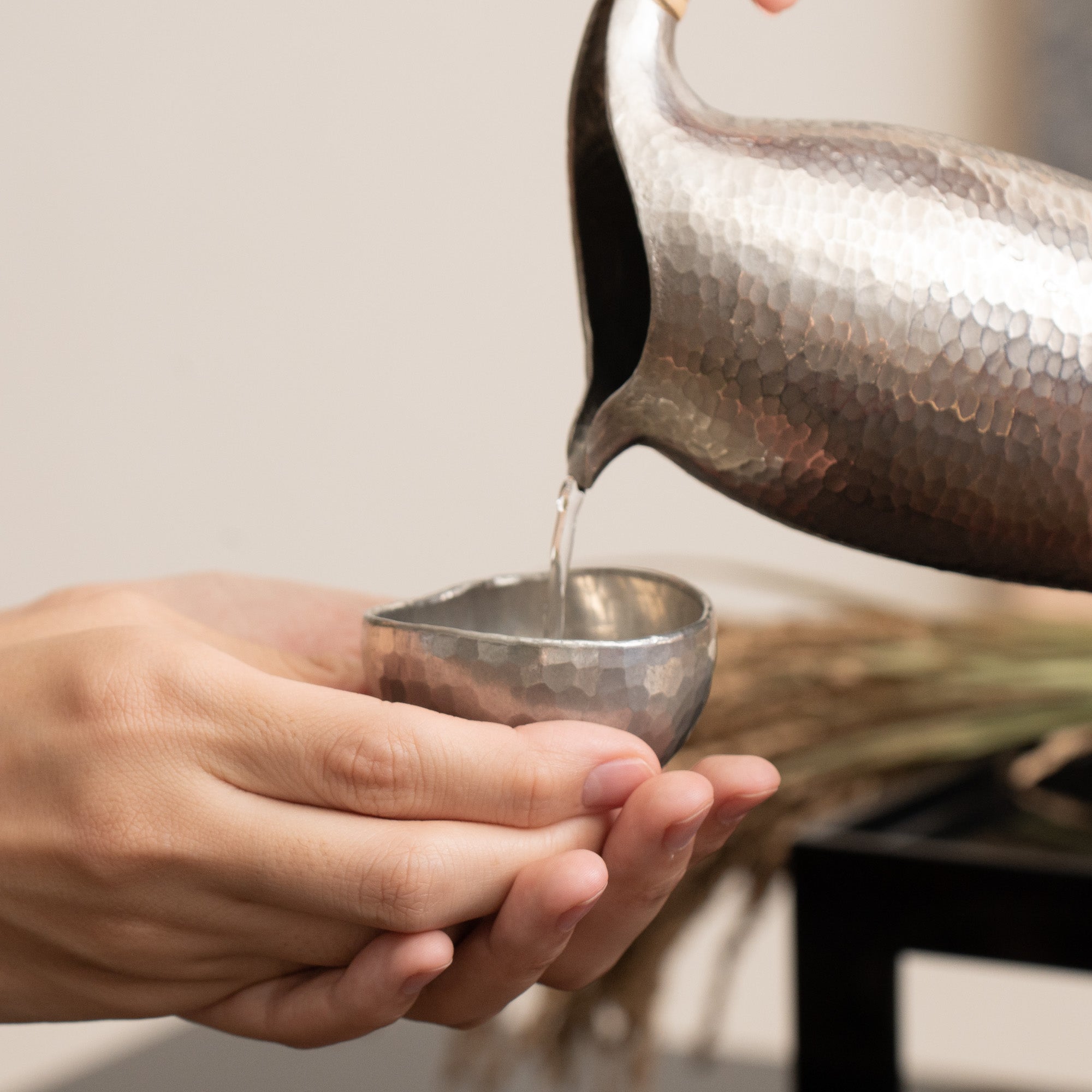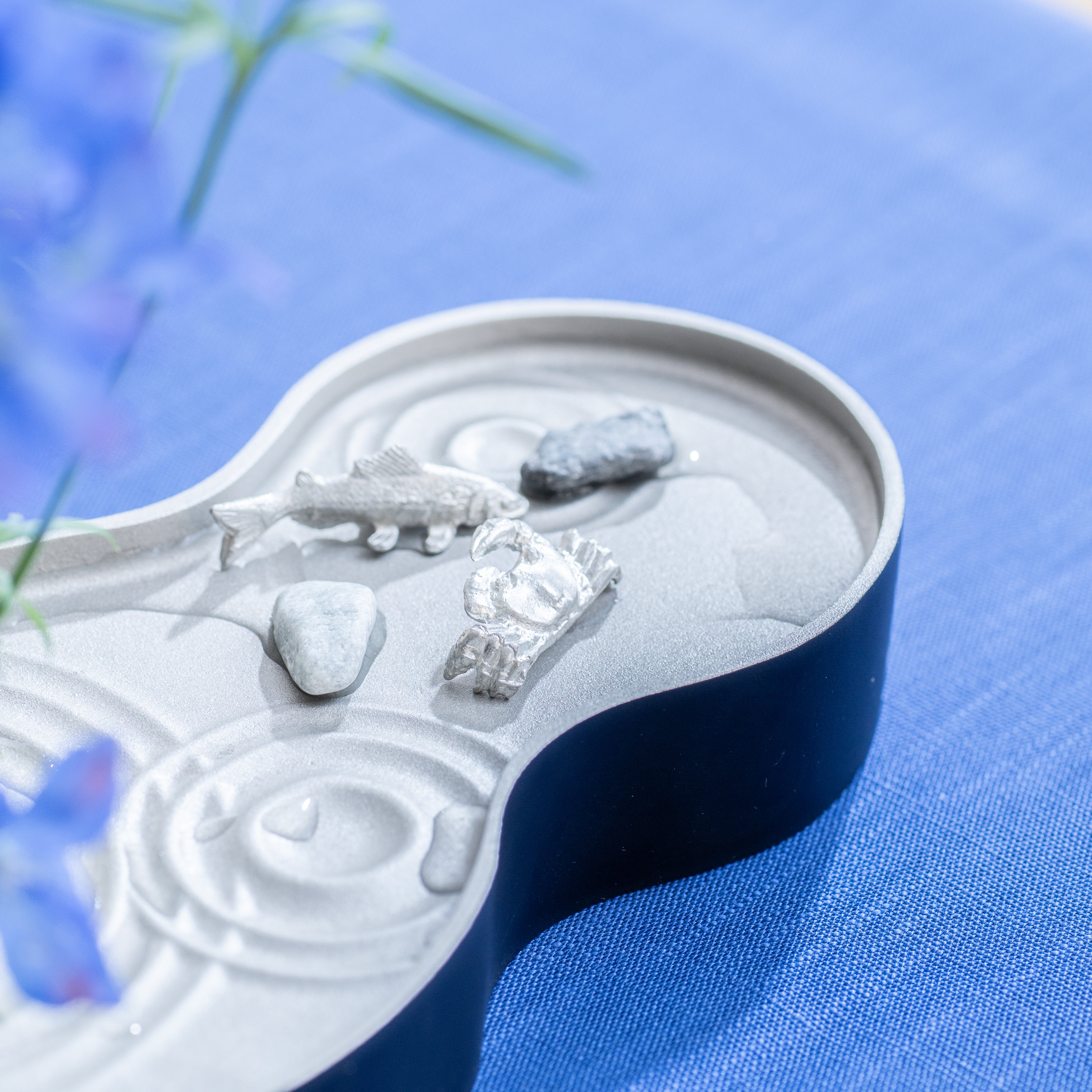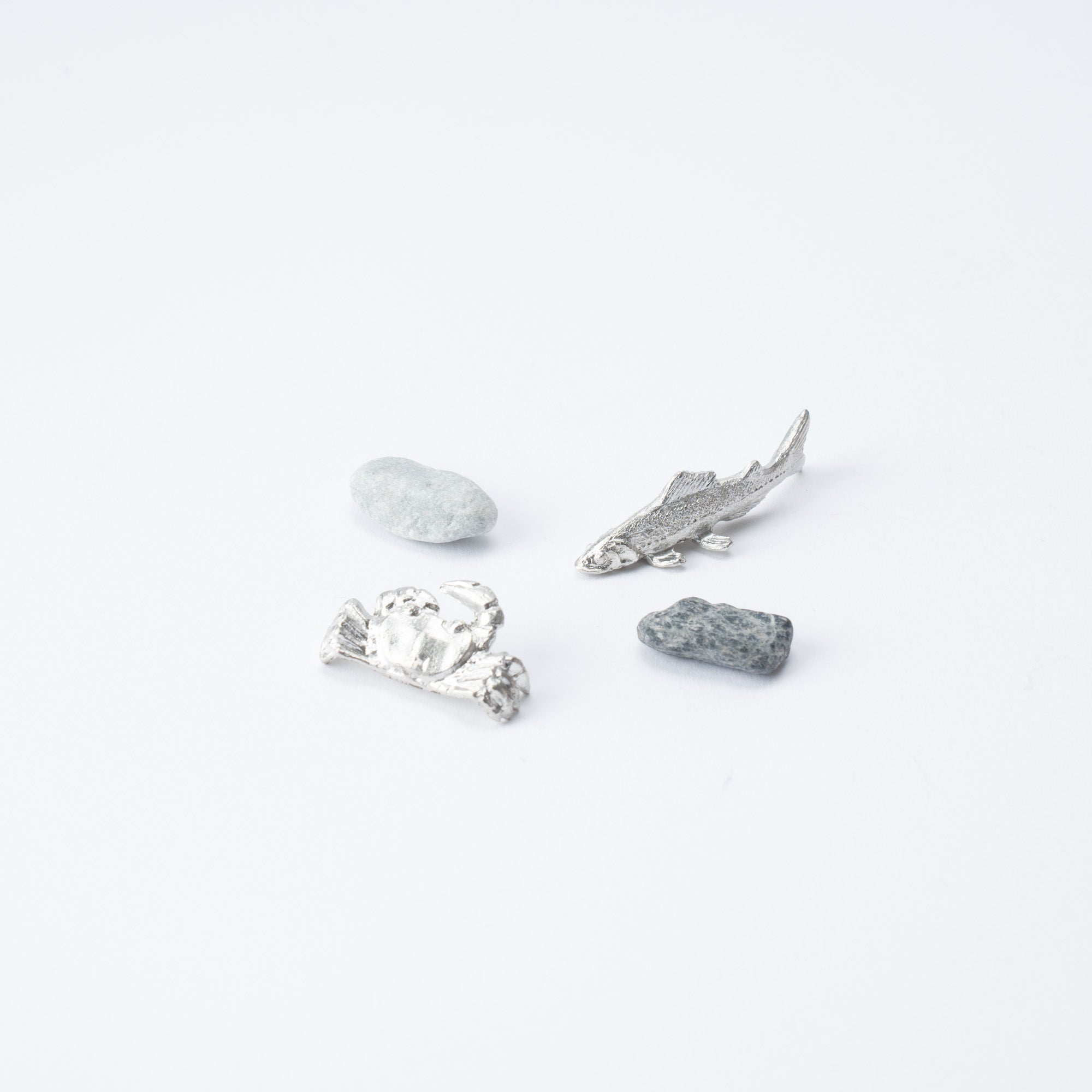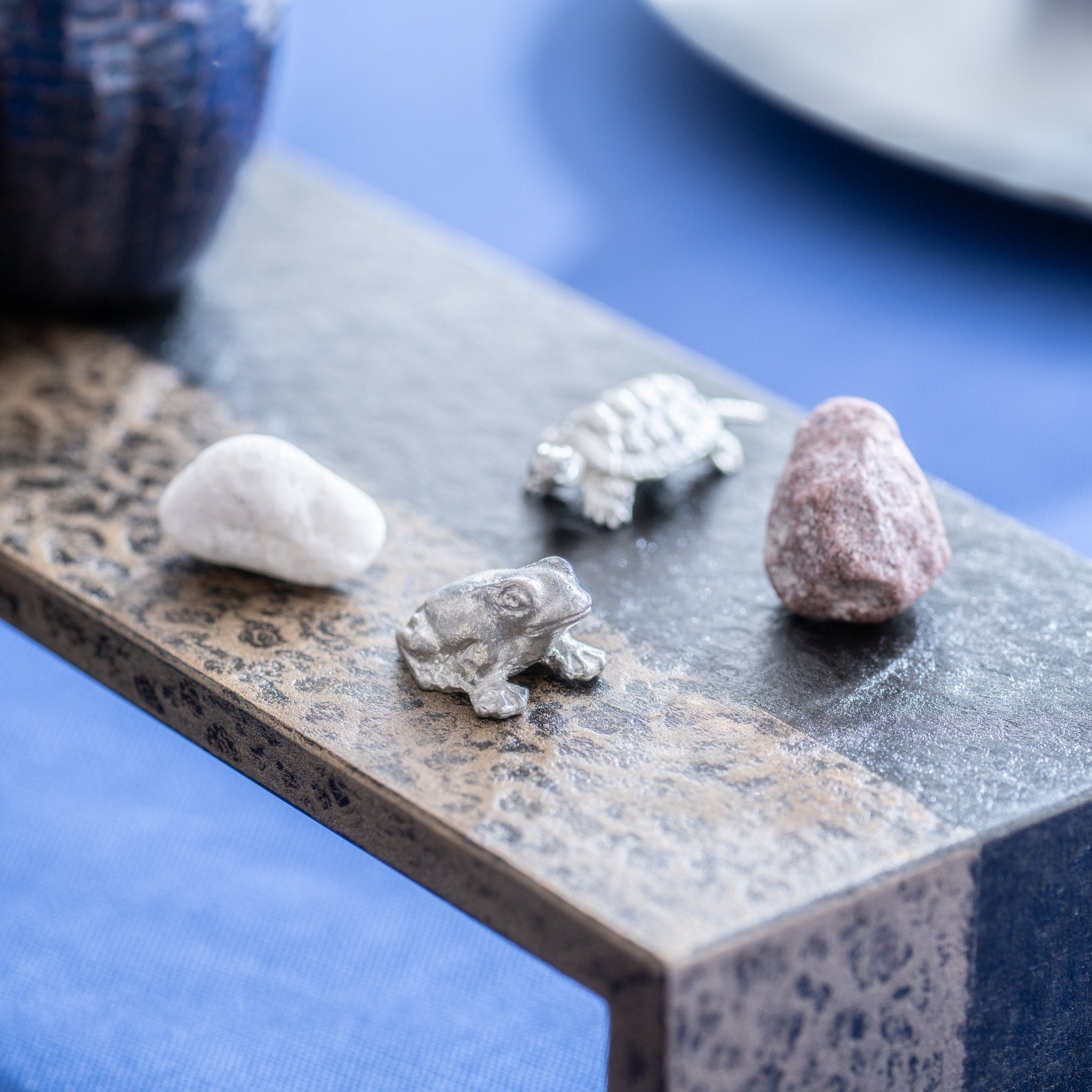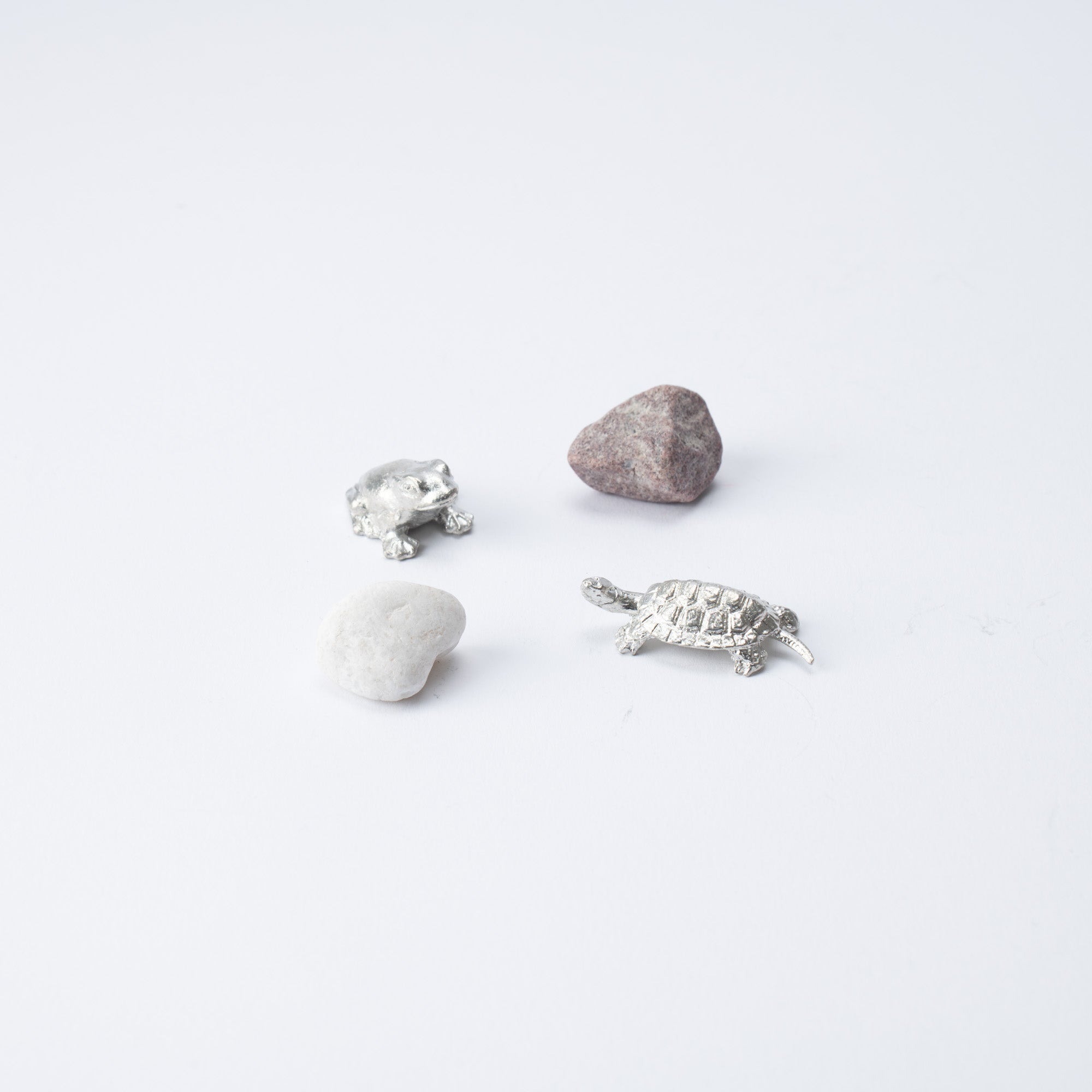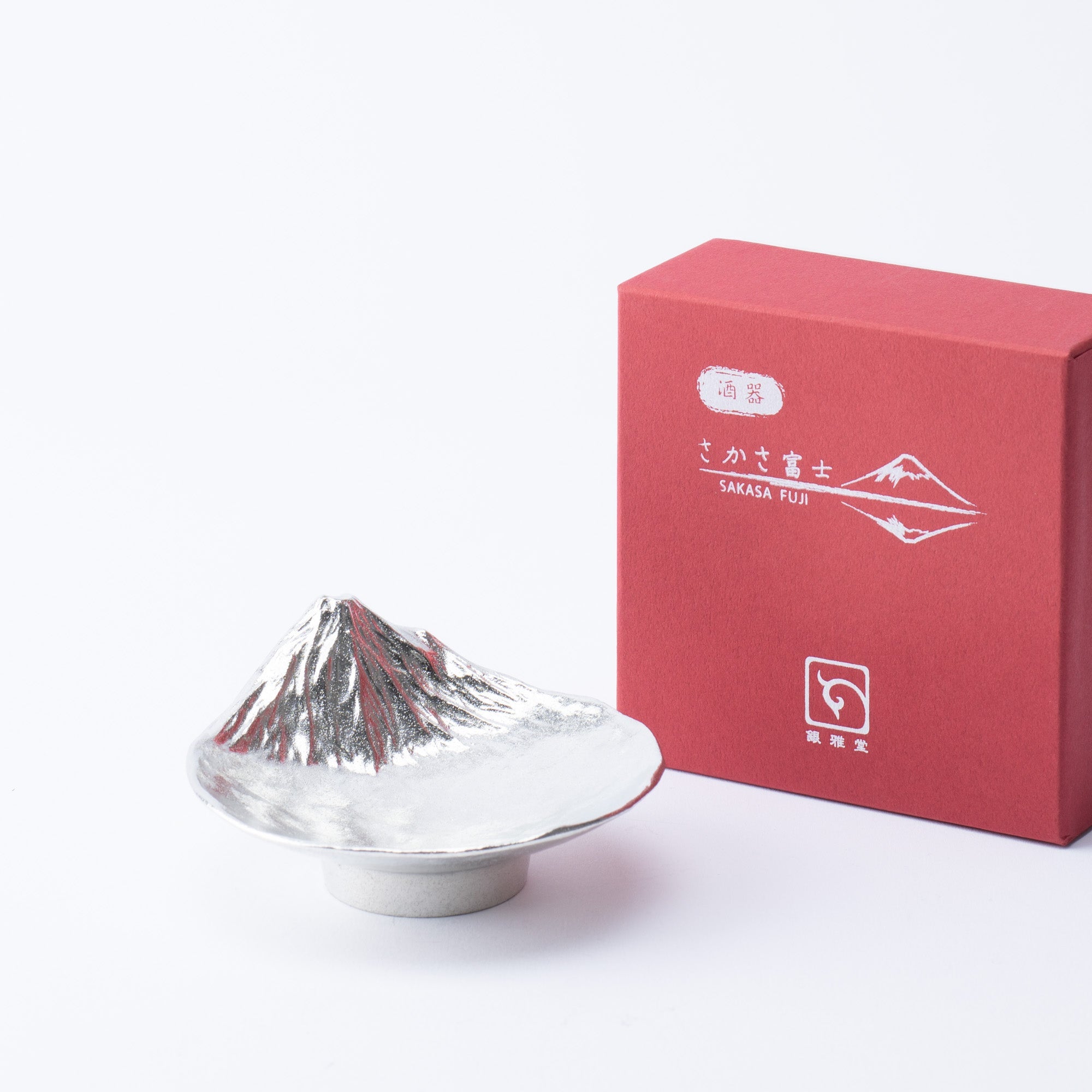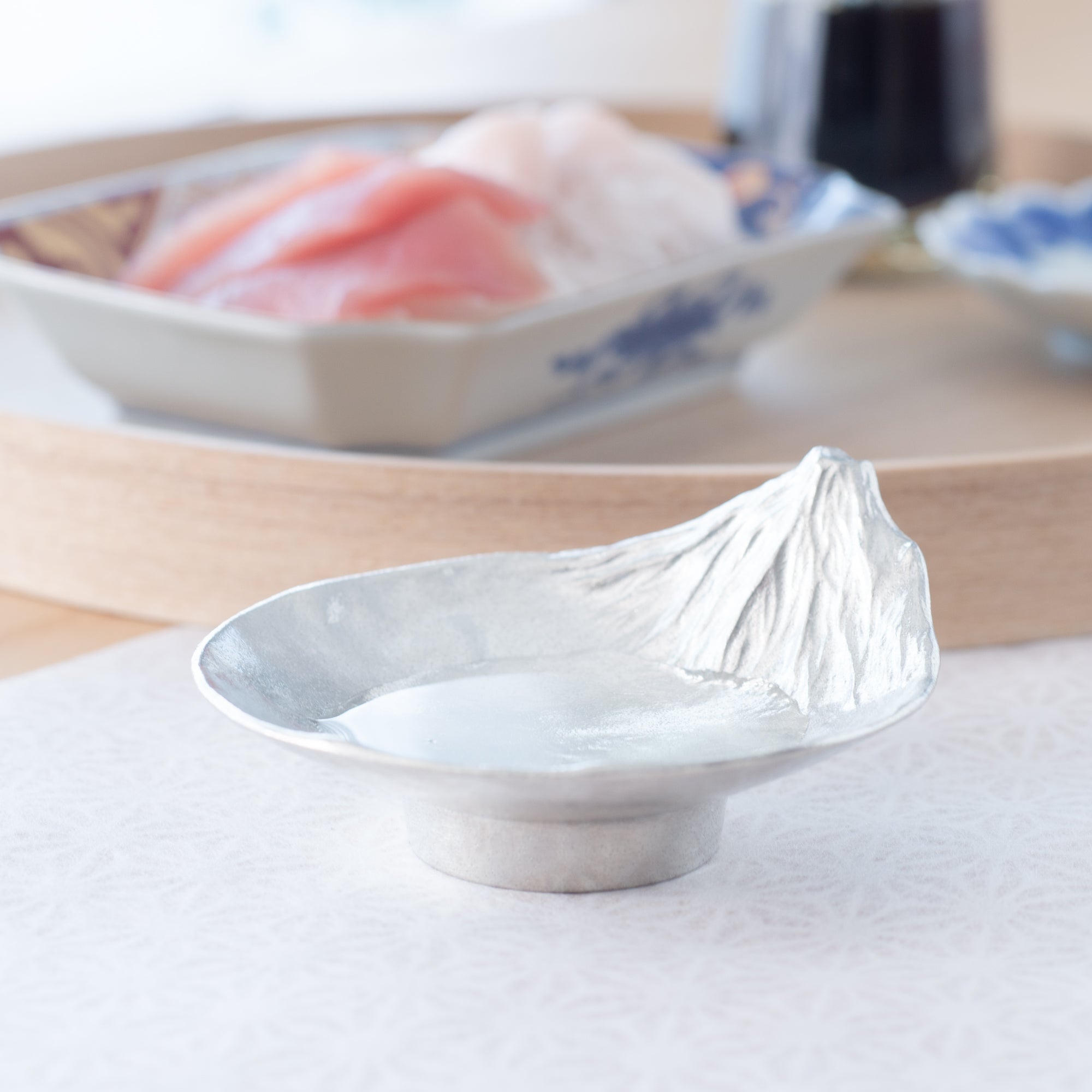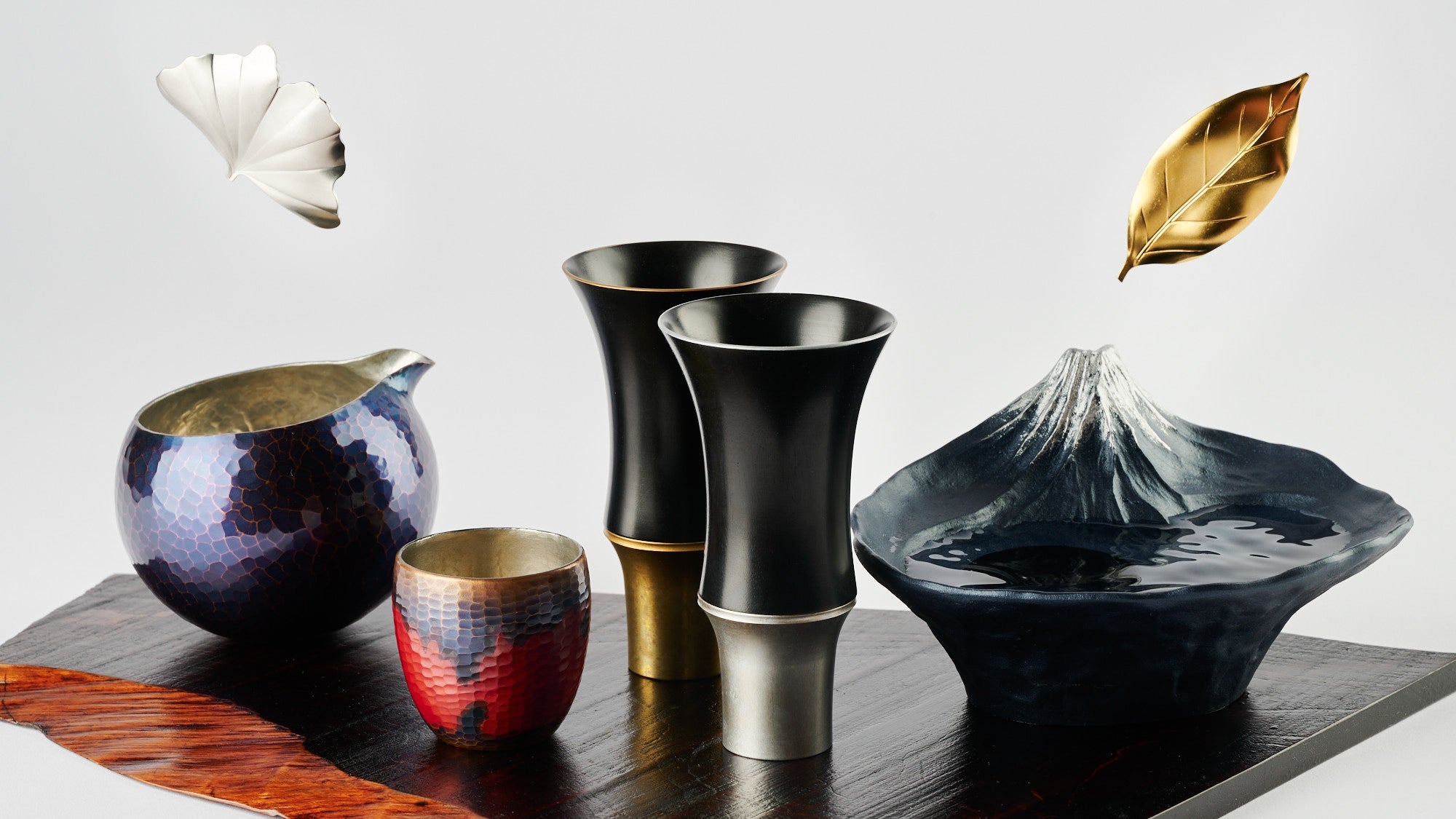
Metalwork
Celebrate the timeless beauty of Japanese metalwork with our collection featuring hammered copper, Nambu ironware, and cast iron pieces. Each item showcases refined craftsmanship and a rich cultural heritage, perfect for adding character and depth to your table. Discover pieces that blend function with artistry in every detail.
Related posts
Filters
Hammered Tin Chirori Sake Carafe
Sale price$367.00 USD
Tales of a Century Hammered Tin Chirori Sake Carafe
Sale price$783.00 USD
Tales of a Century Hammered Tin Guinomi Sake Cup
Sale price$231.00 USD
Hammered Tin Guinomi Sake Cup
Sale price$173.00 USD
Ayu Fish and Crab Tin Mini Figurine Set
Sale price$35.00 USD
Frog and Turtle Tin Mini Figurine Set
Sale price$35.00 USD
Reversed Mt. Fuji Sakazuki Flat Sake Cup
Sale price$112.00 USD


